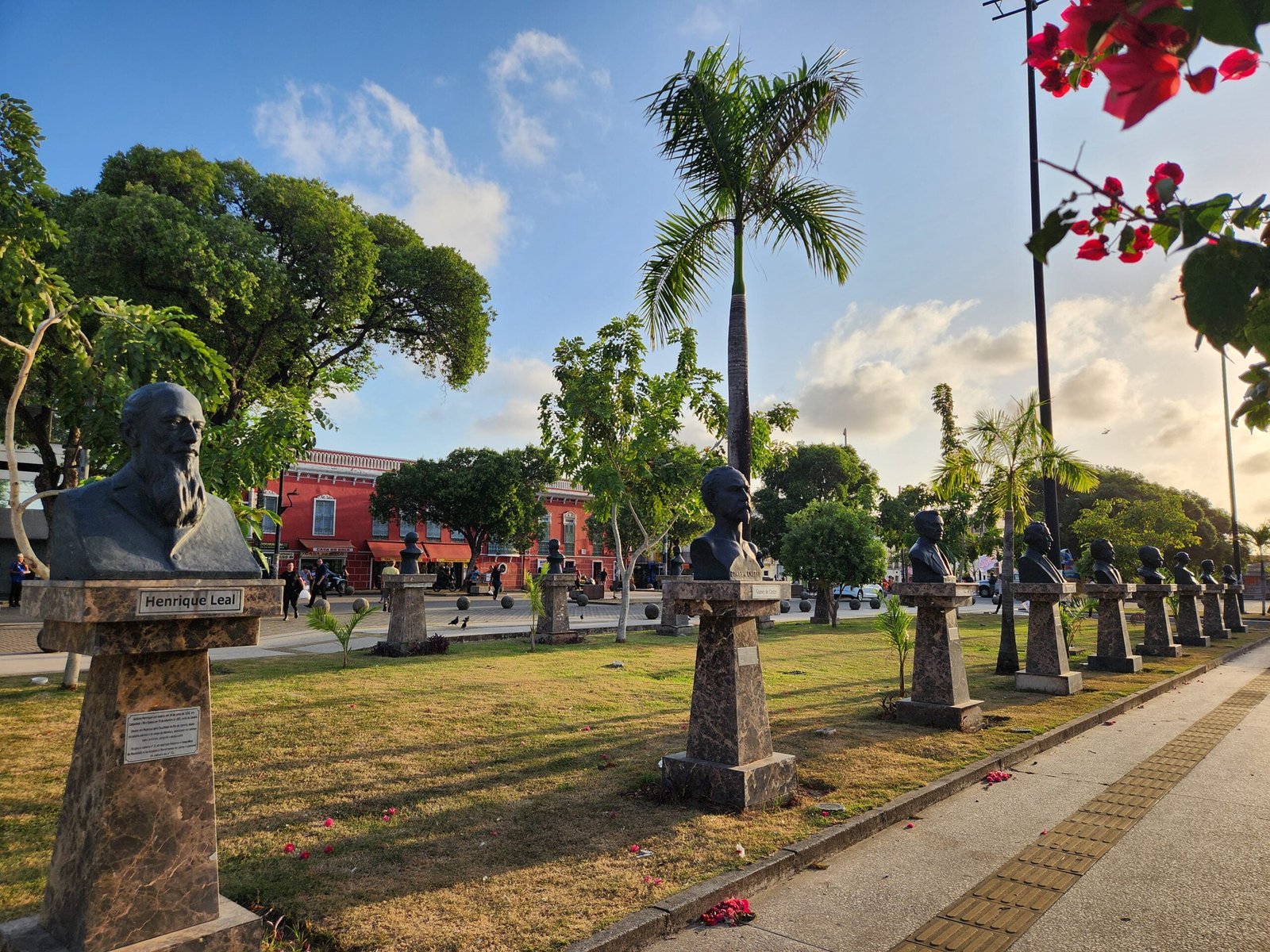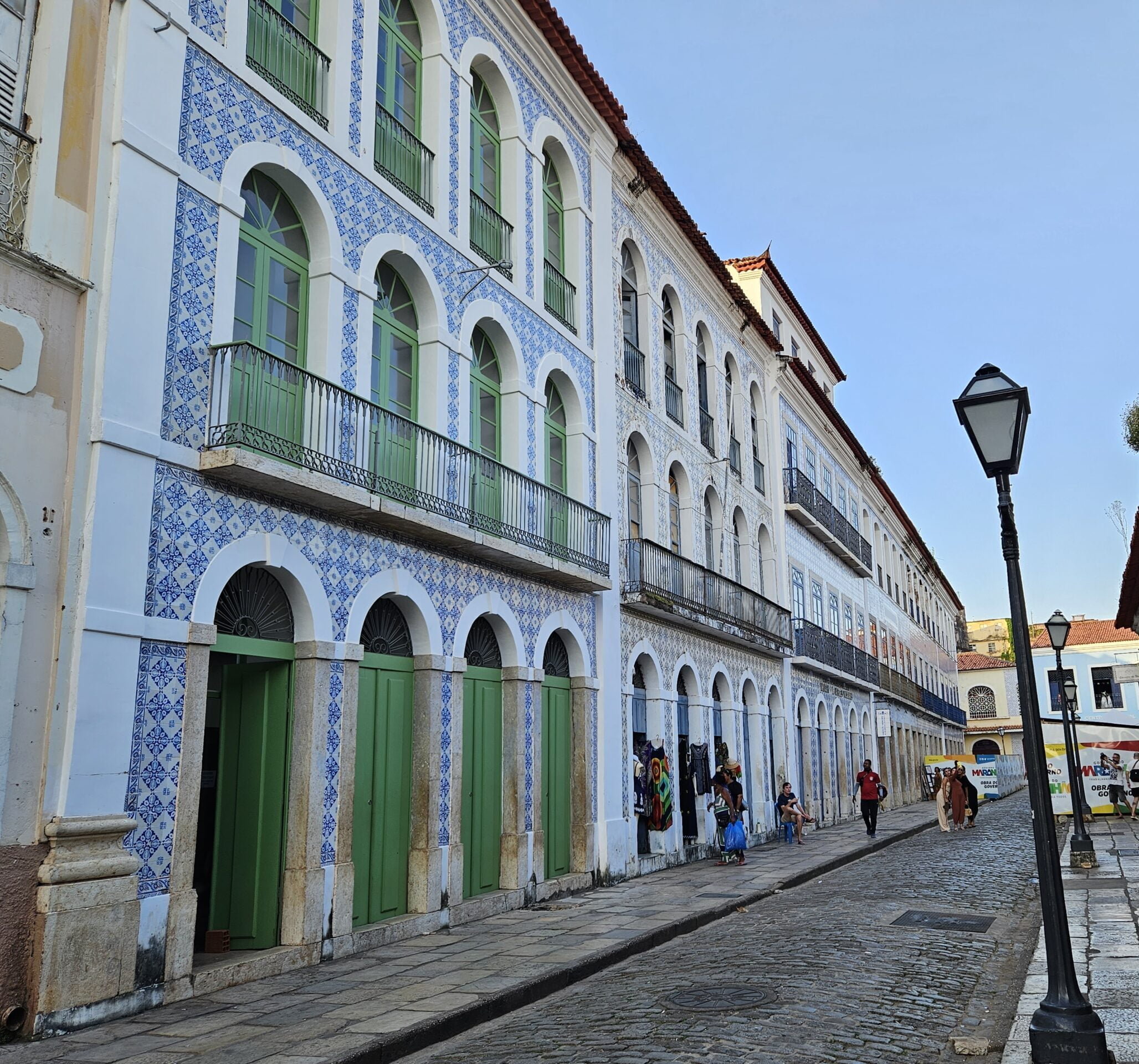São Luís is a city rich in history and culture, but it is also the scene of several legends and stories that have been passed down from generation to generation, taking root in the popular imagination. Among the most striking narratives, the legend of Ana Jansen’s carriage, that of the Serpent, the legend of Manguda and that of Olho d’Água beach stand out. Find out more about them.
Legend of Ana Jansen’s carriage
The most famous legend, without a doubt, is that of Ana Jansen’s carriage. According to myth, Ana Jansen, known as Donana, was condemned to eternally wander the streets of the historic center of São Luís in a ghostly carriage, due to her past cruelties. The carriage, driven by a bloodied slave and pulled by decapitated horses, leaves the Gavião Cemetery on Friday nights. Although the legend focuses on Ana Jansen’s supposed cruelty, it is interesting to note that she was a respected political leader in the 19th century, in fact heading the Liberal Party in imperial Maranhão.
Legend of Manguda
At the end of the 19th century, the legend of Manguda haunted the Praça Gonçalves Dias region. Described as a ghost with light emanating from its body, Manguda caused fear among residents. However, the truth came out when they discovered that the apparitions were, in reality, smuggling bandits dressed in bedsheets, using local folklore to hide their criminal activities.
Legend of Olho D’água beach
It is said that, a long time ago, an indigenous village occupied where Olho d’Água beach is located. The daughter of chief Itaporama fell in love with a young man from the tribe, but the boy also won the heart of the mother of Water. The entity seduced the young man, taking him to his enchanted palace at the bottom of the sea. Itaporama’s daughter, desolate, cried until she died and from her tears emerged two springs that flow into the sea to this day.
Thus, São Luís reveals itself not only as a place of beauty and history, but as a setting rich in legends that, permeated by mystery and the supernatural, reflect fascinating aspects of the culture and popular imagination of the island’s residents.




